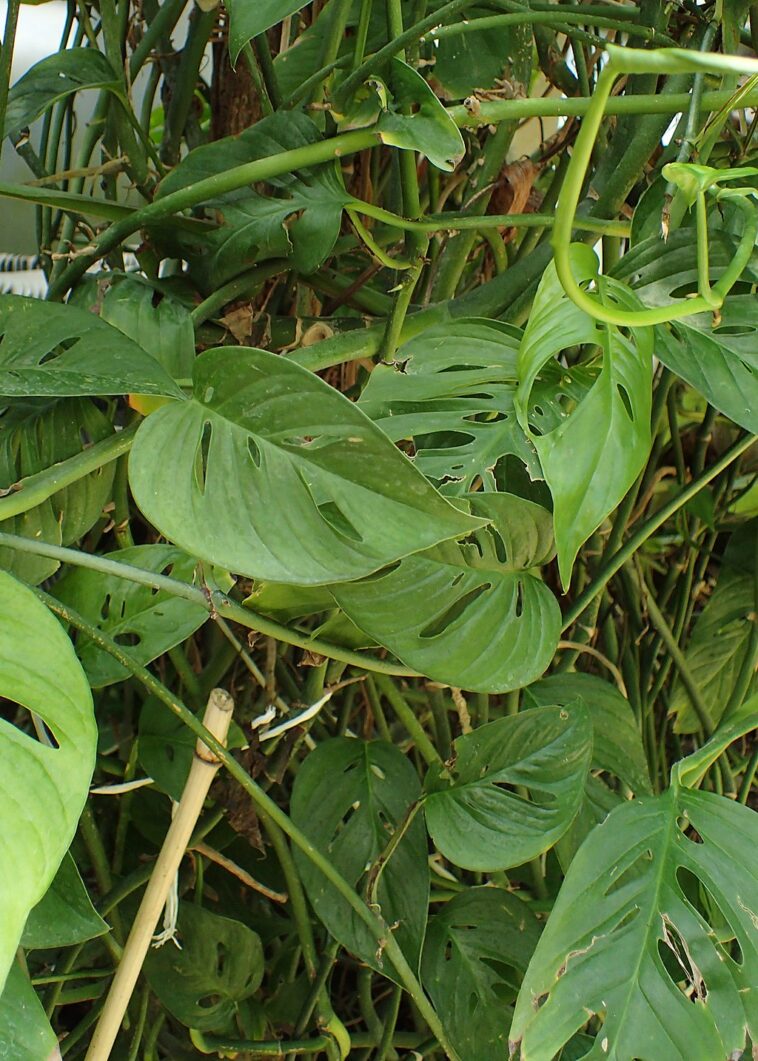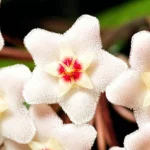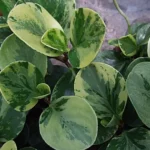Monstera Epipremnoides, or Swiss Cheese Plant, is an absolutely stunning climber which gets its common name from the giant Swiss cheese-like holes which perforate its enormous leaves.
An easy to care for plant both indoors and out, Monstera Epipremnoides is a wonderful choice for all those who love a touch of the tropics in their garden.
Several other Monsteras are also popularly referred to by the common Swiss Cheese name, so do make sure to check labels before purchasing.
Table of Contents
Profile
Monstera Epipremnoides originally hails from Costa Rica, and is generally an understory plant in the wild. A mature Epipremnoides has huge leaves which can reach 13 – 21 inches or 33 – 55 centimeters long.
The glossy leaves feature large, oblong holes which make it a highly striking plant. Epipremnoides loves to climb and can become quite heavy if planted in the garden, so make sure you provide it with an appropriately sturdy frame (or tree!) to climb.
As a houseplant Epipremnoides will thrive on a totem or a moss pole which it will latch onto with its aerial roots.
How To Care For Monstera Epipremnoides
Water
As with most plants we confine to pots, the number one killer of Epipremnoides is overwatering. Monsteras have a shallow root system and therefore require little water, and you should always ensure the soil has had a chance to dry before its next soak.
An easy way to check if you Epipremnoides needs water is to insert your finger into the soil at the edge of the pot.
If the soil feels moist – don’t water! Wait until the top inch or so is dry and then water thoroughly, allowing the water to drain freely through the holes in the bottom of the pot.
Many people like to water their Monsteras (and house plants in general) with filtered or rain water, as they have a reputation for disliking tap water.
If you don’t have access to water like this, you can fill bottles of water and leave them out in the sun for 24 hours to purify.
Always remember that most houseplants can generally recover from being a little too dry, whereas overwatering can cause rot which is far more difficult to come back from.
If you have a saucer under your plant, or if it’s in a decorative pot, ensure that water doesn’t collect in the bottom.
Soil
Monstera Epipremnoides dislikes having soggy or wet feet and so the best choice is a well draining soil. Epipremnoides is from the aroid family, and you can purchase commercial aroid soil mix from your local garden centre.
An aroid mix will generally contain coarse pine bark, perlite and coconut fibre, which are excellent for drainage. The mix should also contain plenty of well composted organic matter that your Epipremnoides will love to eat!
Light
In nature, Monstera Epipremnoides grows in the dappled understory, and does not tolerate harsh direct sunlight.
A bright area near a window would suit Epipremnoides well, but be careful when placing near glass as it can concentrate the light like a magnifier and burn the leaves of your plant.
Morning sun is generally fine, as is dappled afternoon light. Make sure to protect from harsh midday sunlight.
Temperature
Monstera Epipremnoides is a tropical plant, and it generally enjoys temperatures ranging from 55 to 80 degrees Fahrenheit or 13 to 27 degrees Celsius. Epipremnoides is a humidity lover!
If you don’t live in a naturally humid area (like in a hothouse!), you can create a humid microclimate around your Monstera in several ways:
- Regular misting
- Pebble Trays
- Clustering humidity loving plants closely together
You might also want to consider investing in a humidifier, which you can place in the midst of your more tropically minded plants.
Propagation
Monstera Epipremnoides lends itself well to stem cutting propagation. You will want to wear protective gloves while handling your cutting, as the sap can be highly irritant. You will also want to keep in mind the size of the leaves.
Larger leaves will be unwieldy and may prove quite difficult to manage.
You can choose between soil, water and sphagnum moss for your stem cutting propagation, and the process is basically the same for all three methods:
- Choose a cutting that has a node and at least one leaf. A node is the part where stems join and is the point from which new branches and leaves can grow.
- If you have it on hand, you can dip the cut end of the stem in hormone rooting powder. This is readily available in garden centres and it will encourage roots to form.
- Pop the cutting into a bucket of water, soil or sphagnum moss. Sphagnum moss is a great choice as a propagation material as it easily retains water.
- To prepare the sphagnum moss to receive the cutting, soak the moss thoroughly and squeeze dry with your hands. This should be the perfect amount of water for your cutting.
- If the cutting is in soil, make sure you keep the soil moist, but not wet.
- Roots should develop after two to three weeks. When they are around 5cm long, it’s time to transfer Monstera Epipremnoides to its new home!
Be careful not to overwater when propagating in soil or sphagnum moss, as the tiny new roots will easily rot.
Fertilizer
If you get your soil mix right, Epipremnoides generally doesn’t require fertilizing. However, if you feel you have to feed your Monstera, choose a slow release granular type. Apply to the soil, keeping it well away from the base of the plant.
Water in thoroughly. Make sure you only fertilize in the growing months (spring and summer) and resist the temptation to feed your Monstera in winter!
Pruning
As with propagating, it’s important to protect your skin from the sap of your Monstera Epipremnoides when pruning. You’ll also want to use a sharp pair of shears in order to make clean cuts as this will minimize the chance of harmful bacteria entering your plant.
Prune in spring, and start by removing any dead or diseased growth. Then stand back and think about the shape you’d like to achieve. Pruning will encourage growth from where you make the cuts, so take some time to think about where you’d like it to fill out.
Above all, don’t stress when pruning your Monstera. They are forgiving plants, so you can basically chop off its head and it will rise again.
Pests and Diseases
Monstera Epipremnoides is generally quite pest resistant.
Pets and Children
Monstera Epipremnoides is toxic if ingested and should be kept away from children and pets. Symptoms of poisoning include nausea and vomiting. Pets may drool excessively.
Krzysztof Ziarnek, Kenraiz, CC BY-SA 4.0 https://creativecommons.org/licenses/by-sa/4.0, via Wikimedia Commons



